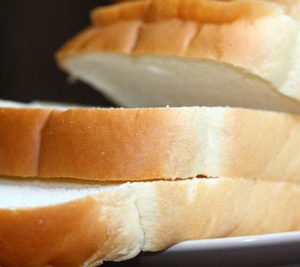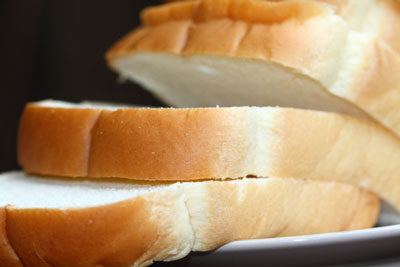Bacterial tolerance – the consequences
21 November 2005 | By Even Heir and Solveig Langsrud, Matforsk AS, Norwegian Food Research Institute, Norway
Failure in cleaning and disinfection increases the ability of bacteria to survive, adapt and establish in food processing equipment or other environments, with the potential to transfer to food products. The antimicrobial effects of disinfectants depend upon several factors. This article focuses on the properties and mechanisms of bacteria involved…






